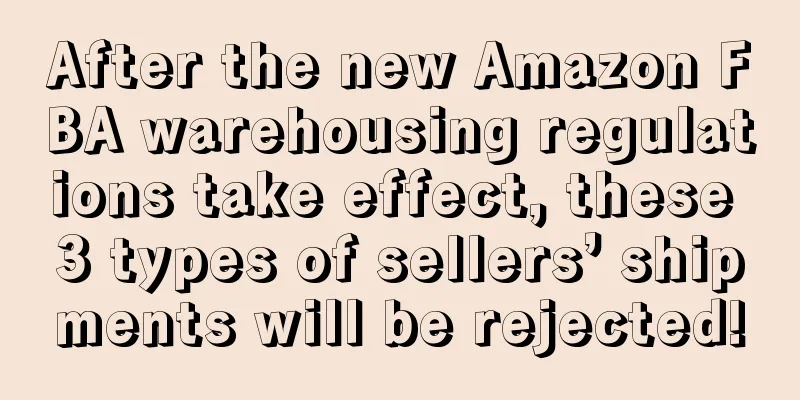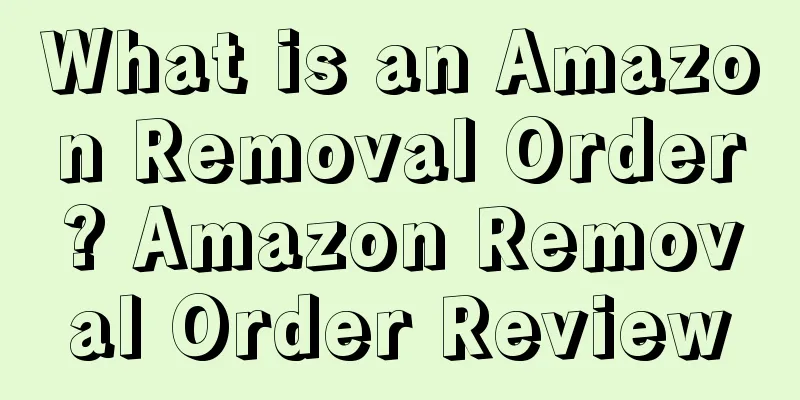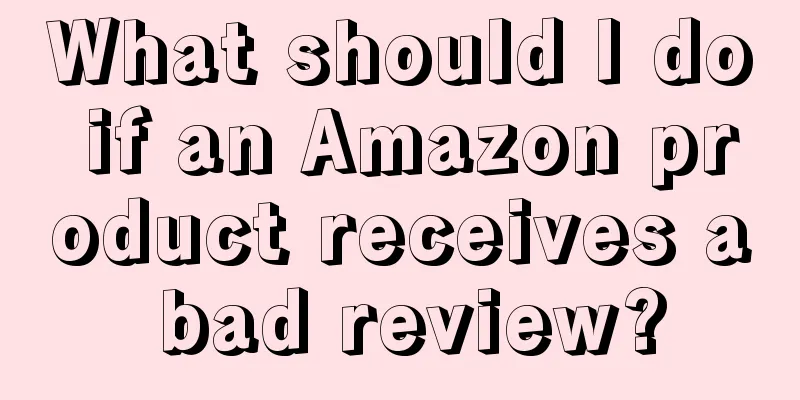After the new Amazon FBA warehousing regulations take effect, these 3 types of sellers’ shipments will be rejected!

|
On January 19, Amazon updated its logistics shipment policy. The announcement stated that starting from April 1, 2022, if sellers continue to send canceled or deleted shipments to Amazon's operations center, the goods will be rejected, and reminded that "the seller's permission to send other goods to Amazon may also be suspended." At the beginning of this year, some sellers reported that shipments they had canceled or deleted were rejected by Amazon. Now Amazon’s announcement is the final word. 1. Three types of shipments may be rejected 1. The seller deletes the shipment after approving the warehousing plan; 2. The seller sends the shipment along the wrong route, that is, the shipment is sent to the wrong Amazon operation center; 3. The seller sends an incomplete shipment, for example, a shipment in the "cancelled" or "deleted" status. Fortunately, if Amazon finds that the seller’s shipment does not comply with the warehousing policy or is non-compliant, it will promptly notify the seller to make corrections. If the seller continues to send non-compliant goods after receiving the notification, Amazon may temporarily prohibit the seller from shipping to its fulfillment center until the seller completes the following operations before shipping again: 1. Send an email to Amazon to confirm that you understand the relevant logistics policies; 2. Provide a plan of action (POA) to ensure that the next shipment complies with Amazon's new policy. Since Amazon has announced a clear deadline, we advise all sellers to continue their previous irregular operations and challenge Amazon's rules, otherwise "goods rejected" will definitely be the final result. 2. Amazon mainly targets three types of operation methods 1. The first one is for shipments that were deleted after the warehousing plan was approved. The target of this article is mainly the behavior of "falsely inflating the shipment quantity", which is what everyone calls "using the shipment quantity to avoid warehouse division". For example, if I have 200 items in this batch, and the inventory capacity allows, I will create a new shipment of 400 items. Even if the system divides the warehouses, I can choose to ship the items from the warehouse closest to 200 items, and the other warehouses will directly delete the items later. But this doesn't work now. As a complete shipment, the deletion of some sub-shipments will also affect the receipt of the entire batch of shipments. 2. The second rule does not allow you to send shipments to the wrong FBA warehouse. In the past, there were quite a lot of sellers who used this method. For example, the FTW1 warehouse has been slow in warehousing recently, and this batch of goods has been delayed for a long time and has not yet been put into the warehouse. Coincidentally, the warehouse for my next batch of goods was assigned to FTW1. At this time, I directly swapped the outer box labels of those products that I was in a hurry to put on the shelves with the labels of FTW1. This operation was based on the idea that "the FBA warehouse will scan the code to receive it anyway." 3. Article 3 prohibits sellers from sending incomplete shipments. This is aimed at those sellers who use the so-called "black technology" to rashly break through the system's shipping restrictions. Now, whether you use "under-reporting and multiple shipments" to break through shipping restrictions, or take advantage of the time difference bug in the system to create shipments, the MFC multi-channel order method to release inventory, etc., are all within Amazon's crackdown range. There are several other common situations, and Amazon has also responded: 1. The shipment is already on the way, but Amazon cancels the delivery plan for various reasons. Will the shipment still be received at that time? There was a chance to accept it before, but now it is highly likely that it will not be accepted, and it will be directly rejected after April 1st. If your shipment is canceled by Amazon in the transportation map, what you need to do is to contact your courier immediately and temporarily place the shipment to other possible addresses to avoid greater losses. 2. My FBA warehousing plan has been in place for more than 90 days, but my shipment has not arrived at the FBA warehouse due to customs inspection and other issues, so Amazon has closed my warehousing plan. When my shipment arrives, will the FBA warehouse still receive my shipment normally? Don't worry, this situation will be accepted normally, and Amazon will fully consider external environmental factors such as the unstable timeliness of the first-leg transportation caused by the epidemic. summary Before the effective date, sellers are advised to make adjustments according to Amazon's requirements to ensure that goods can be received in a timely manner after the new regulations come into effect, avoiding the risk of cost surges due to rejected shipments. |
<<: How to make the honeymoon period of new products on Amazon a success
>>: Amazon’s new feature “Call me now” triggers complaints?
Recommend
What is QuickFish? QuickFish Review
QuickFish (QuickFish Supply Chain Co., Ltd.) is a ...
What is FindNiche? FindNiche Review
FindNiche is a powerful niche analysis tool and a ...
What is Amazon Transparency? Amazon Transparency Review
Amazon Transparency, also known as the "Amazo...
Product Research Tool Comparison: JungleScout vs ASINspector: Which is Better?
Product research/market research is an essential ...
Amazon AB testing requires attention to some details
Competition on Amazon is becoming increasingly fie...
What is Anker? Anker Review
Founded in 2011, Anker Innovations is a global tec...
What is Amazon Europe? Amazon Europe Store Review
Opening a store on Amazon Europe means registering...
Still coming? The warehousing configuration fee has not been settled yet, and the new coupon rules are about to be implemented again! !
A few days ago, Amazon US Published about New rule...
FBA's first leg exposed a shocking secret? The reason for the slow listing has been found
Recently, Amazon has updated the FBA shipment info...
What is SEMRush? SEMRush Review
SEMRush is a website that specializes in SEO and S...
How do Amazon sellers adjust bids based on ad placement?
Amazon PPC ads have multiple placements, includin...
What is Ingenico? Ingenico Review
Ingenico Group has been leading the payment indust...
Amazon officially announced the big news! The shipping fee will be increased in May
Amazon recently released a new announcement stati...
What is UPS Express? UPS Express Review
UPS (United Parcel Service, Inc.) was founded in 1...
How to get 100 orders per day for your new Amazon ASIN in 100 days? You need to grasp 3 key points
Madame Curie said: "The weak wait for opport...









